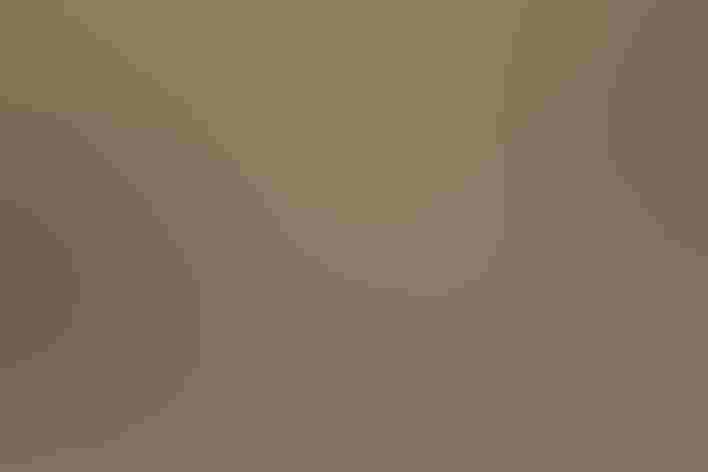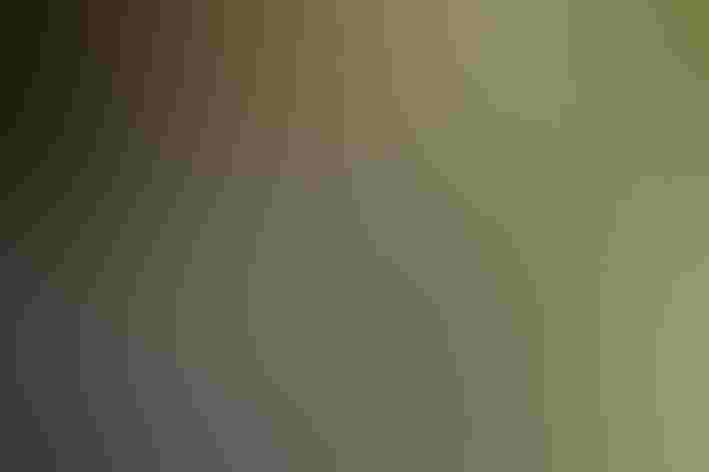Lesser Goldfinch
At a Glance
Very common in parts of the West, this tiny finch is easy to overlook until one learns its chiming and twittering callnotes. Small flocks of Lesser Goldfinches are often found feeding in weedy fields or in streamside trees. Two color patterns occur in the United States, and males in some areas may be either green-backed or black-backed. The complicated song of the male usually includes short imitations of the voices of other birds.
All bird guide text and rangemaps adapted from by Kenn Kaufman漏 1996, used by permission of Houghton Mifflin Harcourt Publishing Company. All rights reserved.
Category
Finches, Perching Birds
IUCN Status
Least Concern
Habitat
Arroyos and Canyons, Desert and Arid Habitats, Fields, Meadows, and Grasslands, Forests and Woodlands, Urban and Suburban Habitats
Region
California, Northwest, Plains, Rocky Mountains, Southwest, Texas
Behavior
Flitter, Rapid Wingbeats, Undulating
Population
15.000.000
Range & Identification
Migration & Range Maps
Permanent resident in much of range, summer resident only in some inland parts of the West north of the desert regions. Very rare stray east of normal range.
Description
3 1/2-4" (9-10 cm). Very small, with white patches in wings and tail. From Colorado to Texas, most males have black backs; farther west, most have green backs. Female is plainer; smaller than American Goldfinch, with undertail coverts yellow, not white.
Size
About the size of a Sparrow
Color
Black, Green, White, Yellow
Wing Shape
Rounded
Tail Shape
Notched, Square-tipped
Songs and Calls
Song a rapid medley of twittering notes. Calls include a plaintive tee-yee? or cheeo?
Call Pattern
Complex, Falling, Undulating
Call Type
Chatter, Chirp/Chip, Whistle
Habitat
Open brushy country, open woods, wooded streams, gardens. Generally in semi-open areas, where there are thickets and trees close to open weedy fields, from low valleys to high in mountains. In dry country, usually found close to water. In the tropics, found in semi-open terrain, woodland edges.
Sign up for 爆料公社's newsletter to learn more about birds like the Lesser Goldfinch
Behavior
Eggs
4-5, sometimes 3-6. Pale blue to pale blue-green, usually unmarked. Incubation is by female only, about 12 days. Male may feed female during incubation.
Young
Both parents feed the nestlings. Age at which young leave nest is not well known. 2 broods per year, perhaps sometimes 3.
Feeding Behavior
Forages actively and acrobatically in trees, shrubs, and weeds. Except when nesting, usually forages in flocks.
Diet
Mostly seeds, some insects. Majority of diet at all seasons consists of seeds. Especially favors those of the daisy (composite) family, such as thistle and wild sunflower, also seeds of various weeds. Also feeds on flowers and buds of trees (such as cottonwoods) and on some berries. Eats some insects, especially in summer, mainly small ones such as aphids. Will feed on salt.
Nesting
In warmer parts of Southwest, breeding season may extend over much of year from early spring to mid-autumn. In courtship, male feeds female; performs display flight with wings and tail spread widely, fluttering rapidly while singing. Nest: Usually placed in vertical fork of twigs in shrub or tree, 5-30' above the ground, sometimes higher in tree or very low in bushes or dense weeds. Nest (built mostly or entirely by female) is a compact open cup woven of grass, plant fibers, strips of bark, lined with plant down.
Conservation
Conservation Status
Widespread (including much of tropics) and fairly common, numbers probably stable.
Climate Threats Facing the Lesser Goldfinch
Choose a temperature scenario below to see which threats will affect this species as warming increases. The same climate change-driven threats that put birds at risk will affect other wildlife and people, too.








